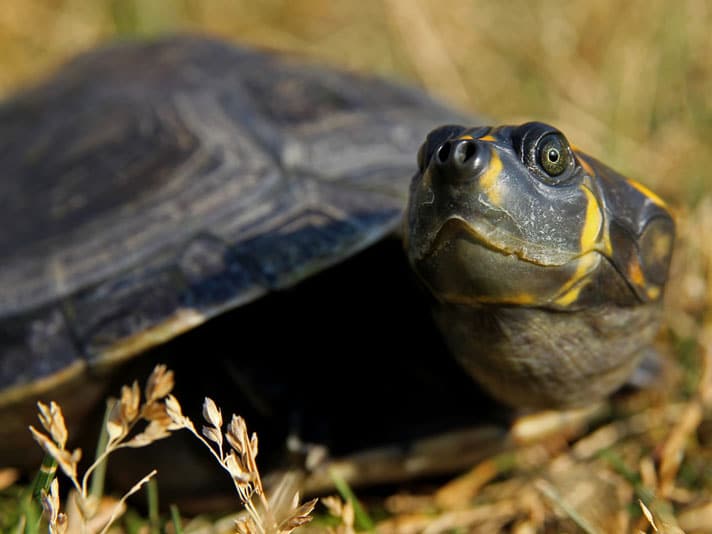The incubation period of these turtles was apparently cut to 45 days due to the extreme heat.
An extended heat wave in the Amazon has hastened the release of more than 3,000 yellow-spotted river turtle (Podocnemis unifilis) hatchlings into the local environment of San Jose de Lupuna, Peru. The Amazon River turtles were released on the shores of the Amazon River with the assistance of local children, the Inquirer reported. The incubation period of these turtles was apparently cut to 45 days due to the extreme heat. The period usually lasts between 60 and 72 days, sometimes up to more than 100 days. The shortened period was due to high temperatures and drought in the area, Biologist Zabryna Pipa Perea of the Amarumayu Movement, told the Inquirer.
“We’ve experienced a drought this year a little on the strong side; that’s why hatching has been a bit higher than in previous years since the sun is so strong,” Pipa Perea said. The Amarumayu Movement is a privately funded program that works to protect the native species of the Amazon River basin. Pipa Perea said the Amarumayu Movement has so far released about 23,000 hatchlings this year.

The yellow-spotted river turtle is a species of side-necked turtle. Photo by Ryan M. Bolton/Shutterstock
The yellow-spotted river turtle is a medium-sized, side-necked turtle, with females growing to around 28 inches and males growing to around two feet in carapace length. They are omnivores, feeding on fruits, seeds, weeds, invertebrates and fish.They are found in Bolivia, Brazil, Colombia, Ecuador, Guyana, French Guiana, and Venezuela. The species is listed as vulnerable by the IUCN.

